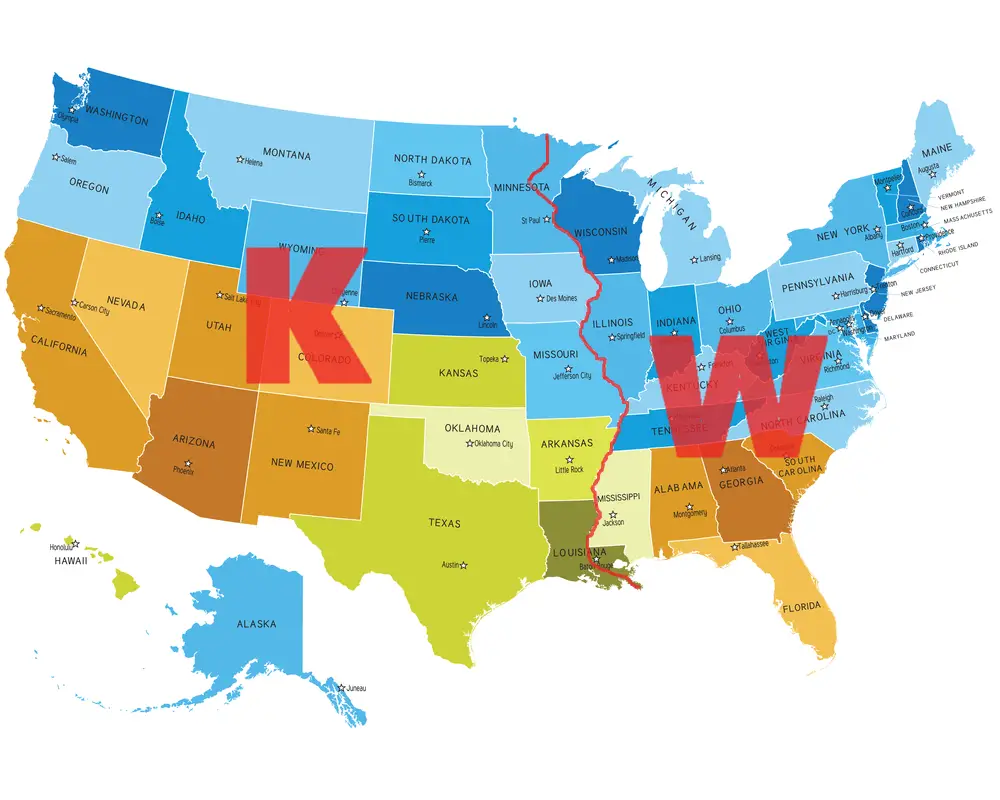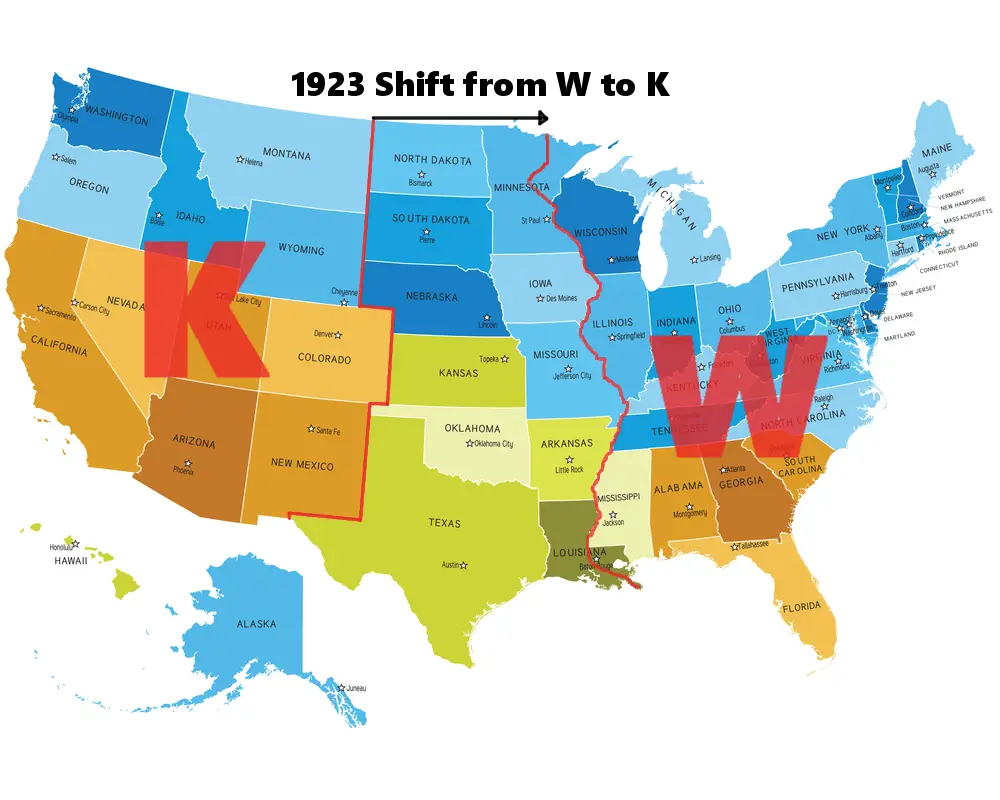 Why do radio and television stations use three or four letters to identify their stations, and why do they typically begin with a “W” or “K”? It all started in the days of the telegraph when radio operators began to use a short series of letters to identify a location or shorten a name.
Why do radio and television stations use three or four letters to identify their stations, and why do they typically begin with a “W” or “K”? It all started in the days of the telegraph when radio operators began to use a short series of letters to identify a location or shorten a name.
A problem arose, however, because there was no set standard on what call letters would be used based on a specific location. This led to a great amount of confusion, especially for ships, since they needed a unique identifier so two ships wouldn’t be using the same call letters.
In 1912, the United States government stepped in and adopted a set standard that would use three letters to denote the location and the name of a particular radio operation station. Ships were assigned a “K” prefix if they were in the Gulf of Mexico or the Atlantic Ocean, and ships in the Pacific Ocean and the Great Lakes were assigned a “W” prefix. The international community also adopted this call sign format in 1912 and established that the first letter of the call sign would denote a particular country, though some were two letters or a letter and a number.
Land stations were a bit different and were assigned a “K” prefix if they were located west of a line that ran along the Texas-New Mexico border north to Canada, and a “W” prefix if they were east of this line. Things changed, however, when the line was shifted to the Mississippi River in 1923. Those stations east of the Mississippi used a W, and stations west of the Mississippi used a K prefix.
There is no real reason why the government used the letters W and K, it was completely arbitrary, but they did establish that ships would have an opposite lettered call sign then the land station they were communicating with. For example, a ship in the Atlantic would be assigned a K prefix while the station they were communicating with would have a W prefix.
 In the early 1920s, another problem arose when the government ran out of three letter call signs because there weren’t enough available combinations left for the number of land radio stations. A fourth letter was added, and this is what we commonly see with radio and television stations today.
In the early 1920s, another problem arose when the government ran out of three letter call signs because there weren’t enough available combinations left for the number of land radio stations. A fourth letter was added, and this is what we commonly see with radio and television stations today.
Some exceptions were made for radio stations located in the central part of the United States that already had established call letters before the boundary change took place. They were able to keep their W prefix even though they were west of the Mississippi and should have had a K prefix. One example of this is WBAP and WFAA in Fort Worth and Dallas, Texas, respectively. Both got to keep their W prefix even though the stations were west of the Mississippi.
There are a few other anomalies to the K and W naming practice. Louisiana and Minnesota have a mix of K and W radio and television stations because of how the Mississippi River runs through each state. These states don’t quite adhere to the boundary naming rules.
Farther east there are three stations in Pennsylvania which have a K prefix. KDKA in Pittsburgh, Pennsylvania, is an AM radio station once owned by Westinghouse Electric Corporation that began in the early 1920s. It’s unknown why the station got named with a K prefix. KQV, an AM radio station also in Pittsburgh, also started in the early 1920s, but like KDKA, it’s unknown how the station got a K prefix in the first place. KYW is an AM radio and television station in Philadelphia, Pennsylvania, which originally started as a Westinghouse owned AM station in Chicago, Illinois. The company moved the station to Philadelphia in 1934, making it the easternmost radio station with a K call sign.
One last strange call sign anomaly is with KTGG in Okemos, Michigan. The station started in the mid-1980s, so it was surprising at the time that it received a K prefix since it was east of the Mississippi River. It’s unknown exactly why or how the station got a K prefix, but it’s believed by some that it was merely a typo and that someone at the Federal Communications Commission mistook the postal abbreviation for Michigan, “MI”, as that of Missouri or Minnesota and assigned it the proper letter if it had been located in one of those states.
So what do the letters after the K and W prefixes mean? It largely depends on what the US government has allowed and how the owners want to brand their radio and television stations. Some of the remaining letters of the call sign are an acronym for a slogan or give a stations location, while others are random but have been made into a slogan.
Sources: Early Radio History, Museum of Broadcasting Communications, Primer Magazine, Big Think

